Large-Amplitude Vibrations of Spider Web Structures
Abstract
Featured Application
Abstract
1. Introduction
2. Materials and Methods
2.1. Equations of Motion
2.2. Modelling of Spider Web
2.3. Model Validation
3. Results and Discussions
3.1. Linear Free Vibration of Spider Web
3.1.1. Effect of Structural Patterns
3.1.2. Effect of Elastic Modulus
3.1.3. Effect of Inertia Moment
3.1.4. Effect of Density
3.2. Nonlinear Free Vibration of Spider Web
Effects of Elastic Modulus and Density
4. Conclusions
Author Contributions
Funding
Acknowledgments
Conflicts of Interest
References
- Römer, L.; Scheibel, T. The elaborate structure of spider silk: Structure and function of a natural high performance fiber. Prion 2008, 2, 154–161. [Google Scholar] [CrossRef] [PubMed]
- Saravanan, D. Spider silk-structure, properties and spinning. J. Text. Appar. Technol. Manag. 2006, 5, 1–20. [Google Scholar]
- Vierra, C.; Hsia, Y.; Gnesa, E.; Tang, S.; Jeffery, F. Spider silk composites and applications. In Metal, Ceramic and Polymeric Composites for Various Uses; IntechOpen: London, UK, 2011. [Google Scholar]
- Ko, F.K.; Jovicic, J. Modeling of mechanical properties and structural design of spider web. Biomacromolecules 2004, 5, 780–785. [Google Scholar] [CrossRef] [PubMed]
- Du, N.; Yang, Z.; Liu, X.Y.; Li, Y.; Xu, H.Y. Structural origin of the strain-hardening of spider silk. Adv. Funct. Mater. 2011, 21, 772–778. [Google Scholar] [CrossRef]
- Kelly, S.P.; Sensenig, A.; Lorentz, K.A.; Blackledge, T.A. Damping capacity is evolutionarily conserved in the radial silk of orb-weaving spiders. Zoology 2011, 114, 233–238. [Google Scholar] [CrossRef] [PubMed]
- Sensenig, A.; Agnarsson, I.; Blackledge, T.A. Behavioural and biomaterial coevolution in spider orb webs. J. Evol. Biol. 2010, 23, 1839–1856. [Google Scholar] [CrossRef] [PubMed]
- Sensenig, A.T.; Kelly, S.P.; Lorentz, K.A.; Lesher, B.; Blackledge, T.A. Mechanical performance of spider orb webs is tuned for high-speed prey. J. Exp. Biol. 2013, 216, 3388. [Google Scholar] [CrossRef] [PubMed]
- Cranford, S.W.; Tarakanova, A.; Pugno, N.M.; Buehler, M.J. Nonlinear material behaviour of spider silk yields robust webs. Nature 2012, 482, 72–76. [Google Scholar] [CrossRef] [PubMed]
- Gosline, J.M.; DeMont, M.E.; Denny, M.W. The structure and properties of spider silk. Endeavour 1986, 10, 37–43. [Google Scholar] [CrossRef]
- Moore, A.M.F.; Tran, K. Material properties of cobweb silk from the black widow spider latrodectus hesperus. Int. J. Biol. Macromol. 1999, 24, 277–282. [Google Scholar] [CrossRef]
- Ko, F.K.; Kawabata, S.; Inoue, M.; Niwa, M.; Fossey, S.; Song, J.W. Engineering properties of spider silk. MRS Online Proc. Libr. Arch. 2001, 702, 1–7. Available online: https://web.mit.edu/3.064/www/slides/Ko_spider_silk.pdf (accessed on 1 August 2020). [CrossRef]
- Qin, Z.; Compton, B.G.; Lewis, J.A.; Buehler, M.J. Structural optimization of 3d-printed synthetic spider webs for high strength. Nat. Commun. 2015, 6, 7038. [Google Scholar] [CrossRef]
- Tietsch, V.; Alencastre, J.; Witte, H.; Torres, F.G. Exploring the shock response of spider webs. J. Mech. Behav. Biomed. Mater. 2016, 56, 1–5. [Google Scholar] [CrossRef] [PubMed]
- Srinil, N.; Rega, G.; Chucheepsakul, S. Three-dimensional non-linear coupling and dynamic tension in the large-amplitude free vibrations of arbitrarily sagged cables. J. Sound Vib. 2004, 269, 823–852. [Google Scholar] [CrossRef]
- Kwan, A.S.K. Mechanics and Structure of Spider Webs. In Proceedings of the Seventh International Conference on Computational Structures Technology, Lisbon, Portugal, 7–9 September 2004; Topping, B.H.V., Soares, C.A.M., Eds.; Civil-Comp Press: Stirling, UK, 2005. [Google Scholar]
- Moideen, K.K.R.; Dewangan, U.K. Comparative study of linear and geometric nonlinear load-deflection behaviour of flexural steel members. Indian J. Sci. Technol. 2016, 9, 1–6. [Google Scholar]
- Zheng, L.; Behrooz, M.; Li, R.; Wang, X.; Gordaninejad, F. Performance of a Bio-Inspired Spider Web. Proceedings of SPIE—The International Society for Optical Engineering. 2014. Available online: https://www.spiedigitallibrary.org/conference-proceedings-of-spie/9057/90570I/Performance-of-a-bio-inspired-spider-web/10.1117/12.2046379.short?SSO=1 (accessed on 31 July 2020).
- Kaewunruen, S.; Chiravatchradej, J.; Chucheepsakul, S. Nonlinear free vibrations of marine risers/pipes transporting fluid. Ocean Eng. 2005, 32, 417–440. [Google Scholar] [CrossRef]
- Chucheepsakul, S.; Kaewunruen, S.; Suwanarat, A. Large deflection analysis of orthotropic, elliptic membranes. Struct. Eng. Mech. 2009, 31, 6, 625–638. [Google Scholar] [CrossRef]
- Sengsri, S.; Kaewunruen, S. Additive manufacturing meta-functional composites for engineered bridge bearings: A review. Construct. Build. Mat. 2020, in press. [Google Scholar] [CrossRef]
- Kaewunruen, S.; Sussman, J.M.; Matsumoto, A. Grand challenges in transportation and transit systems. Front. Built Environ. 2016, 2, 4. [Google Scholar] [CrossRef]
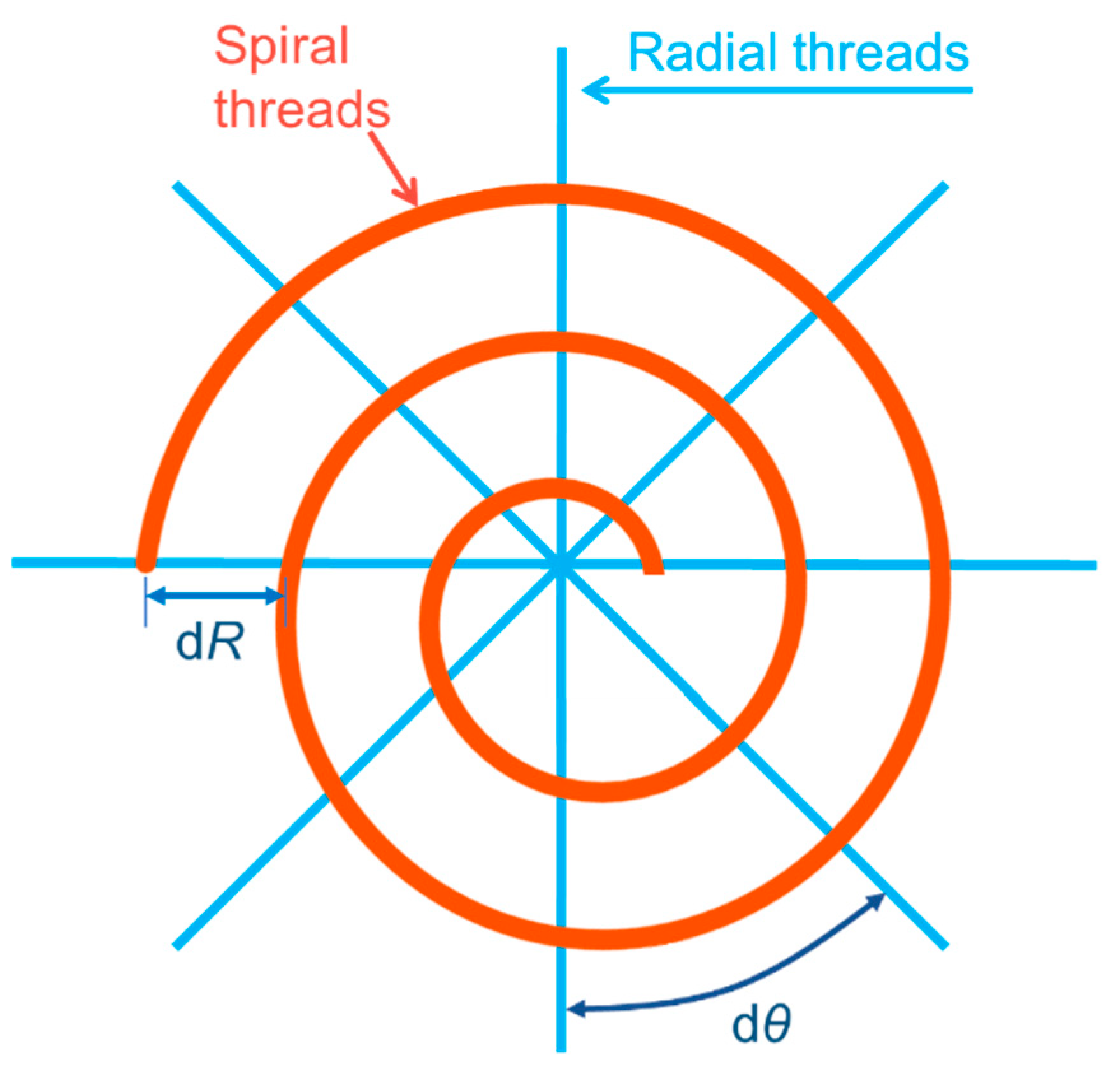
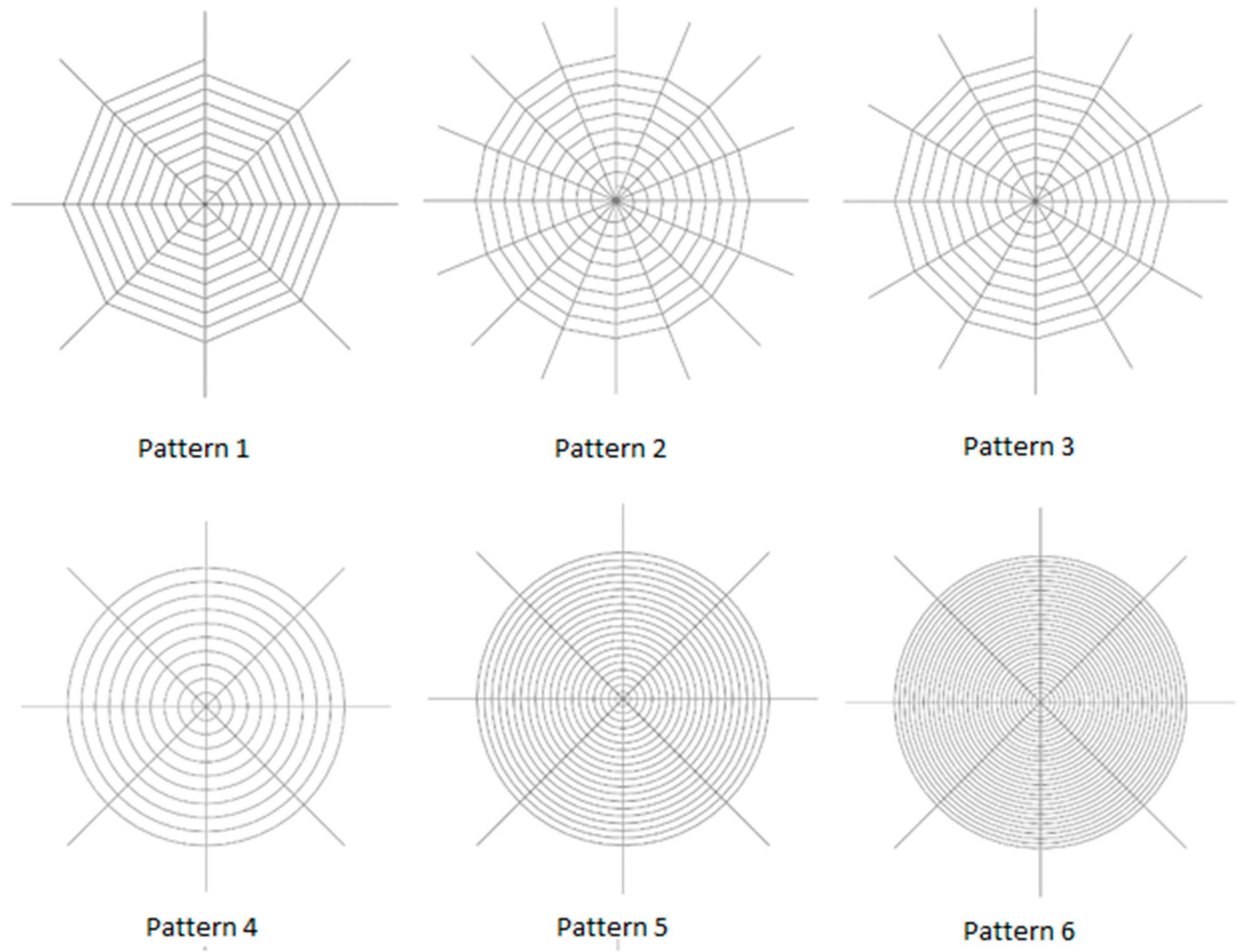
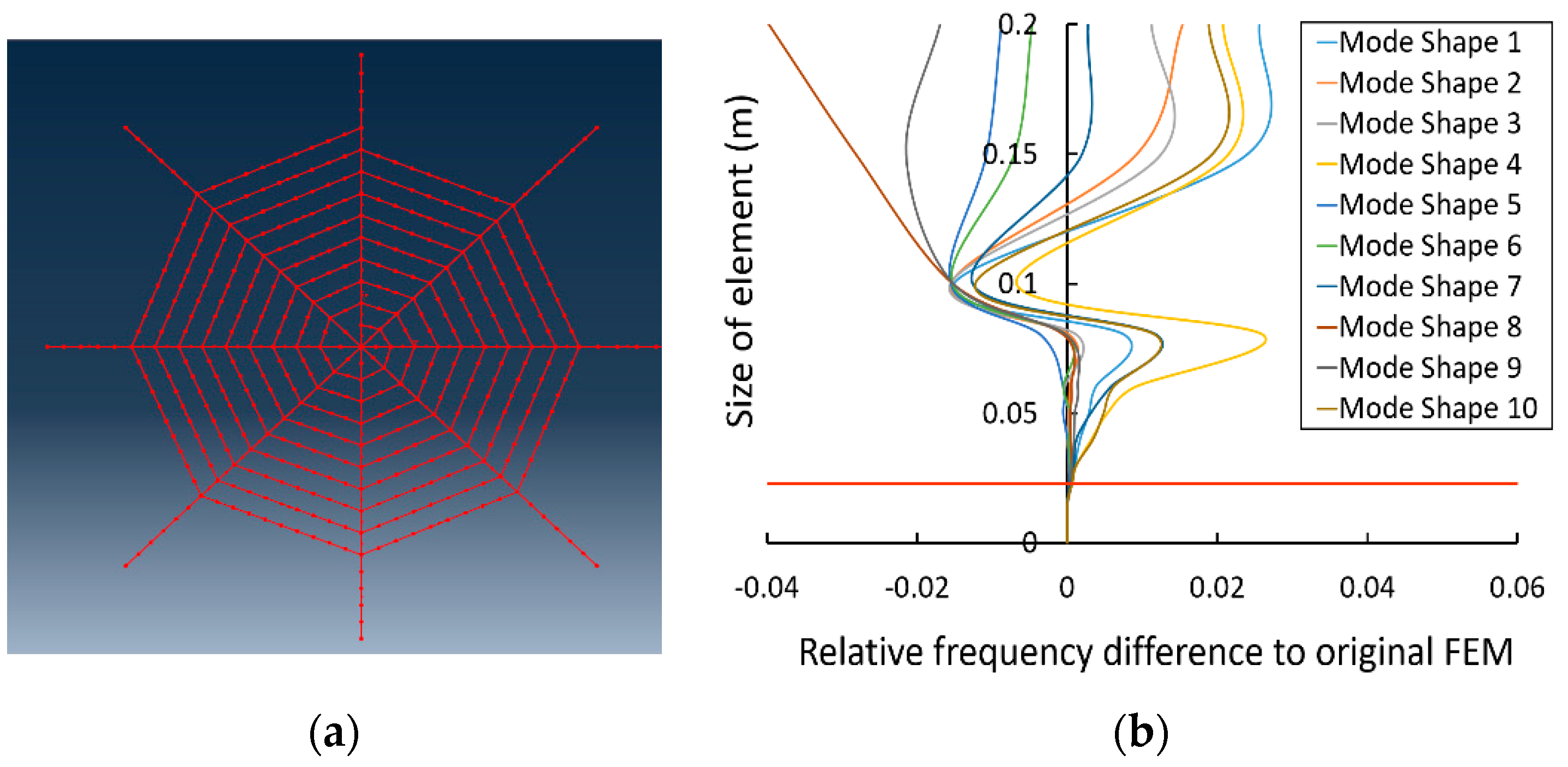
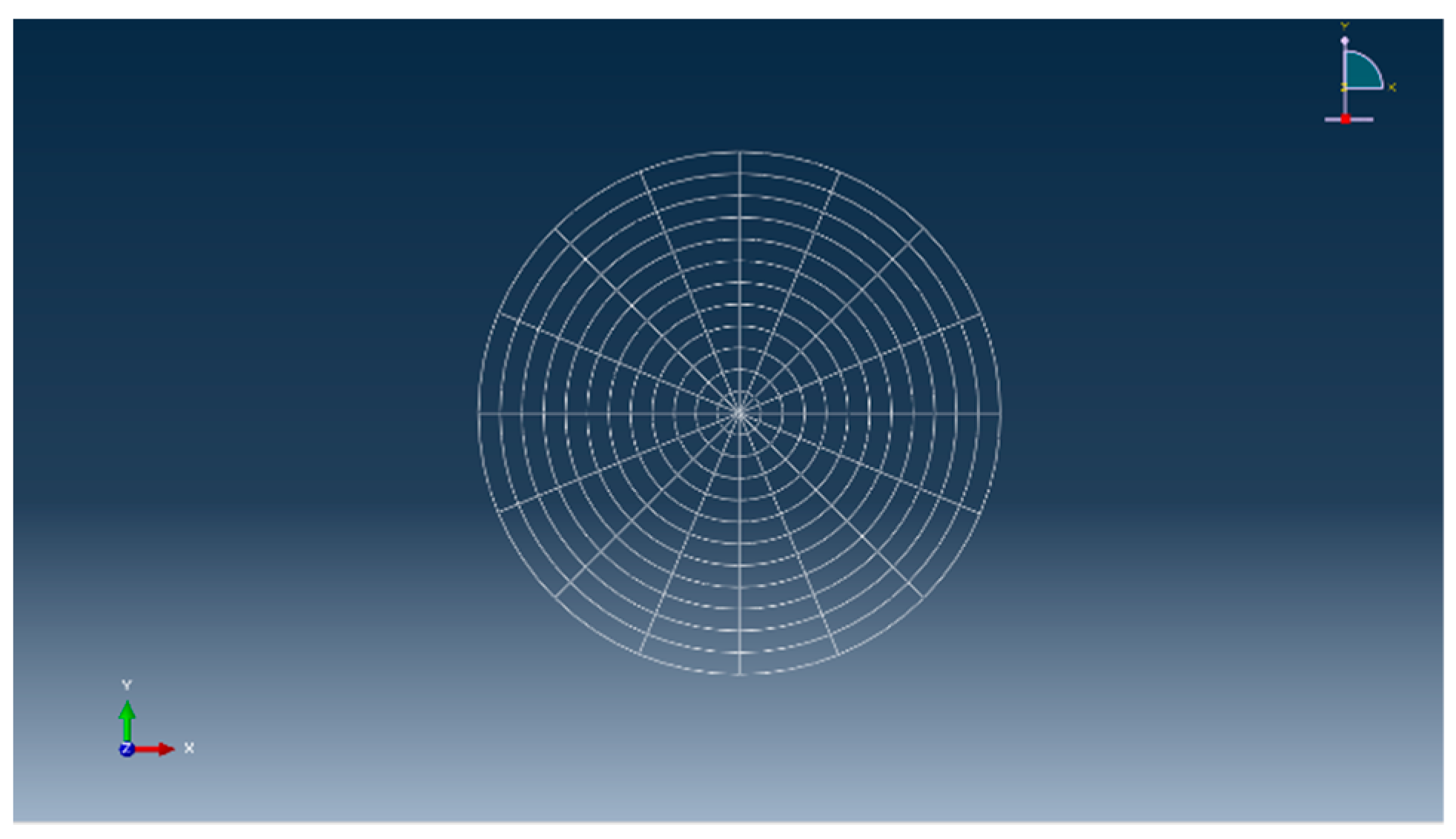

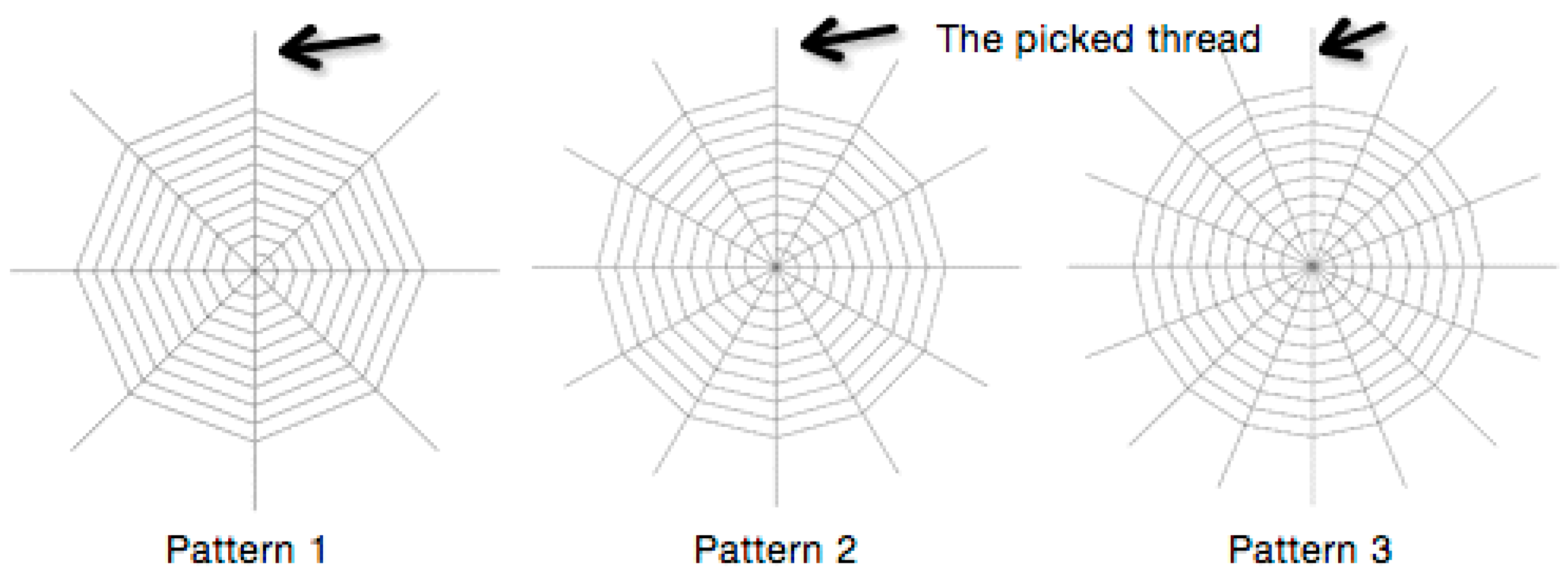
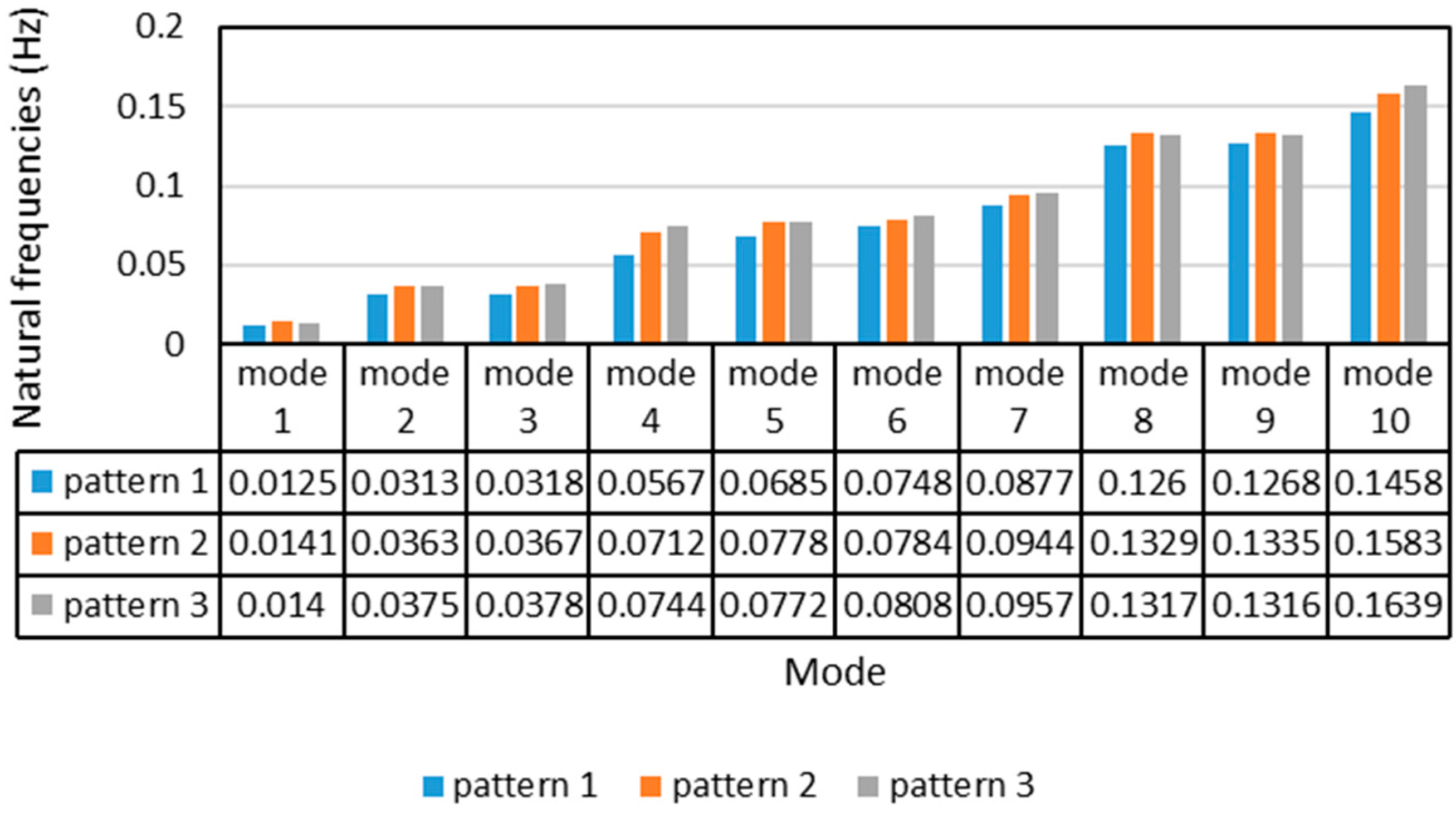
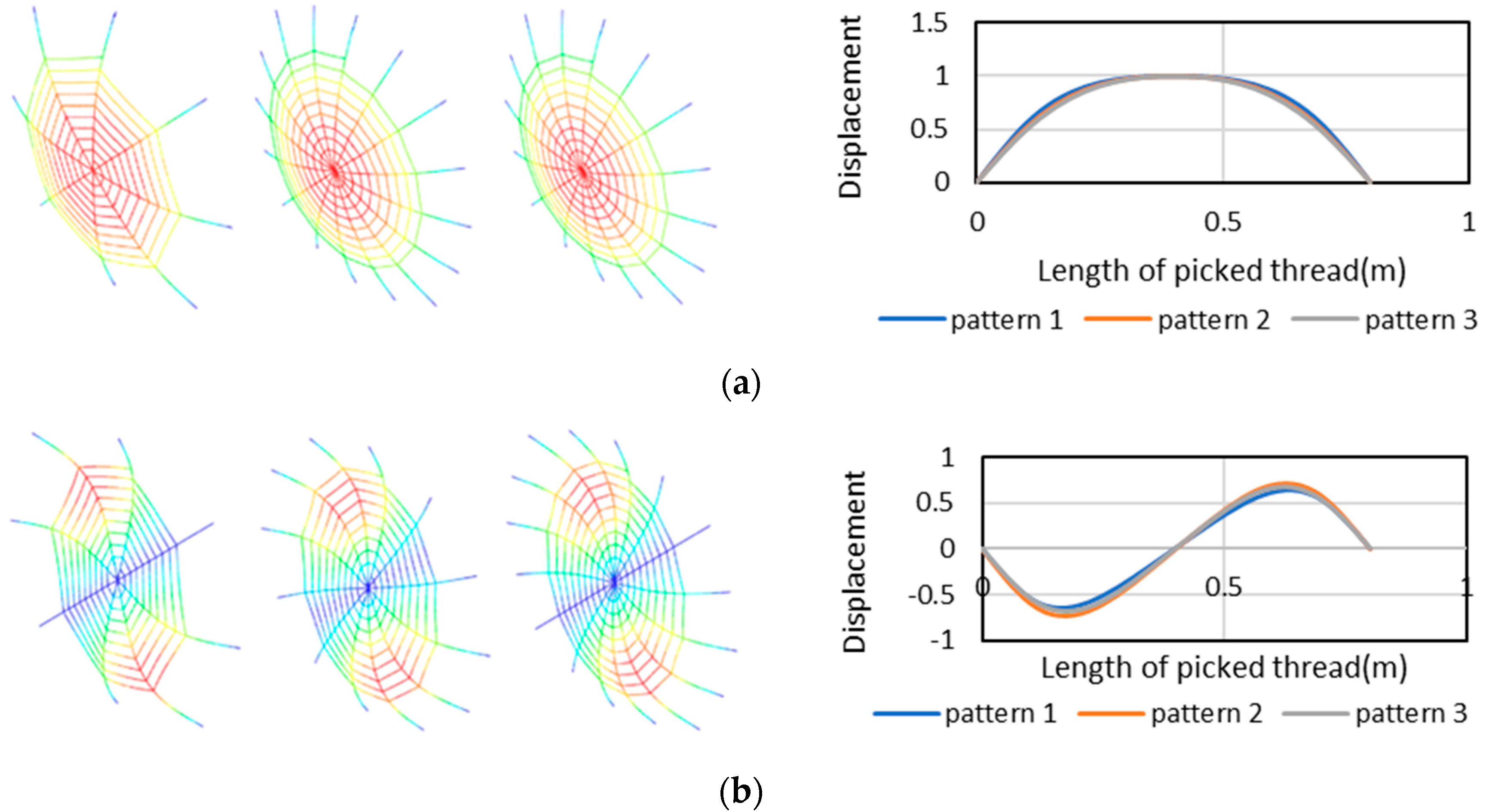

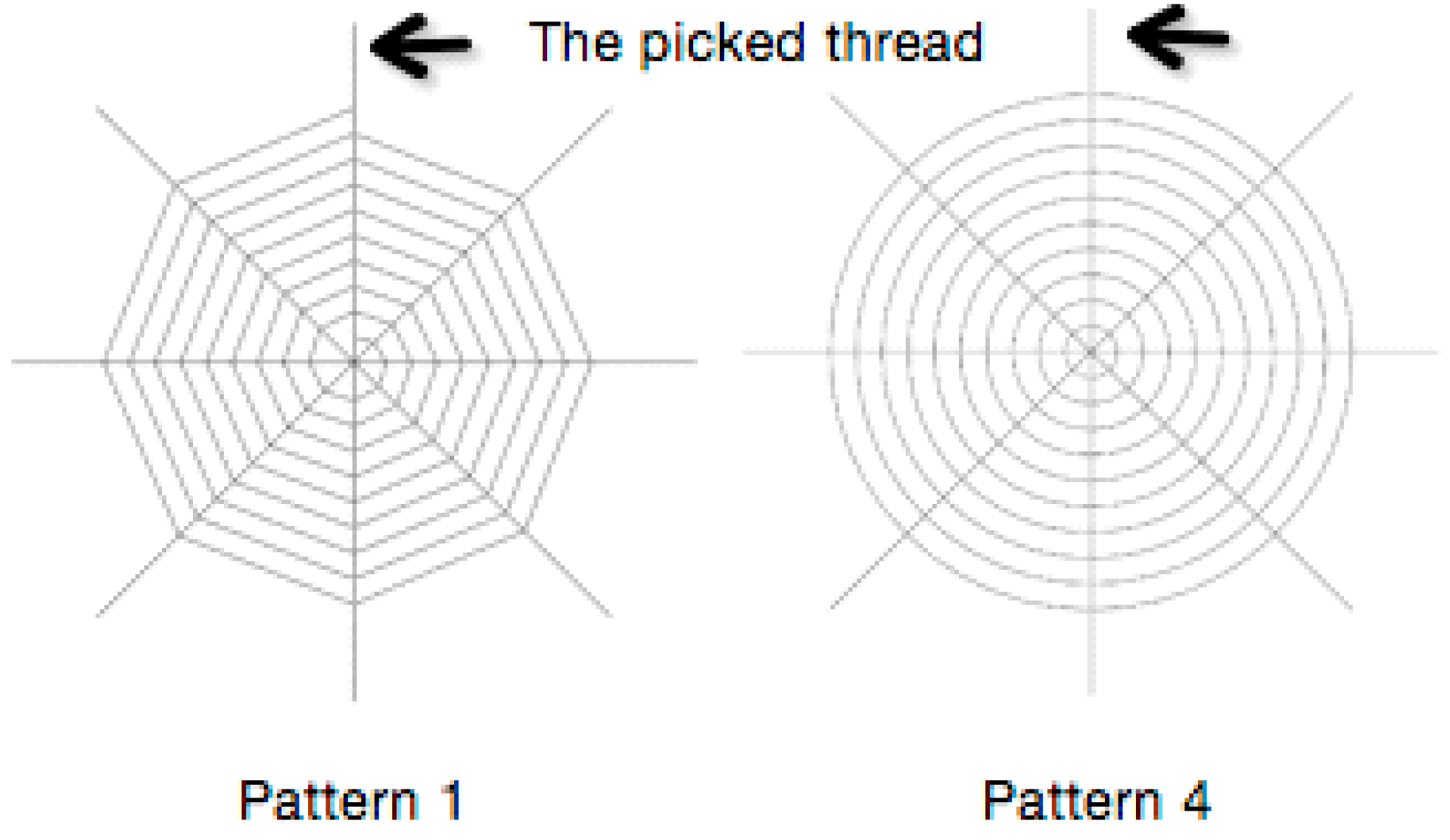



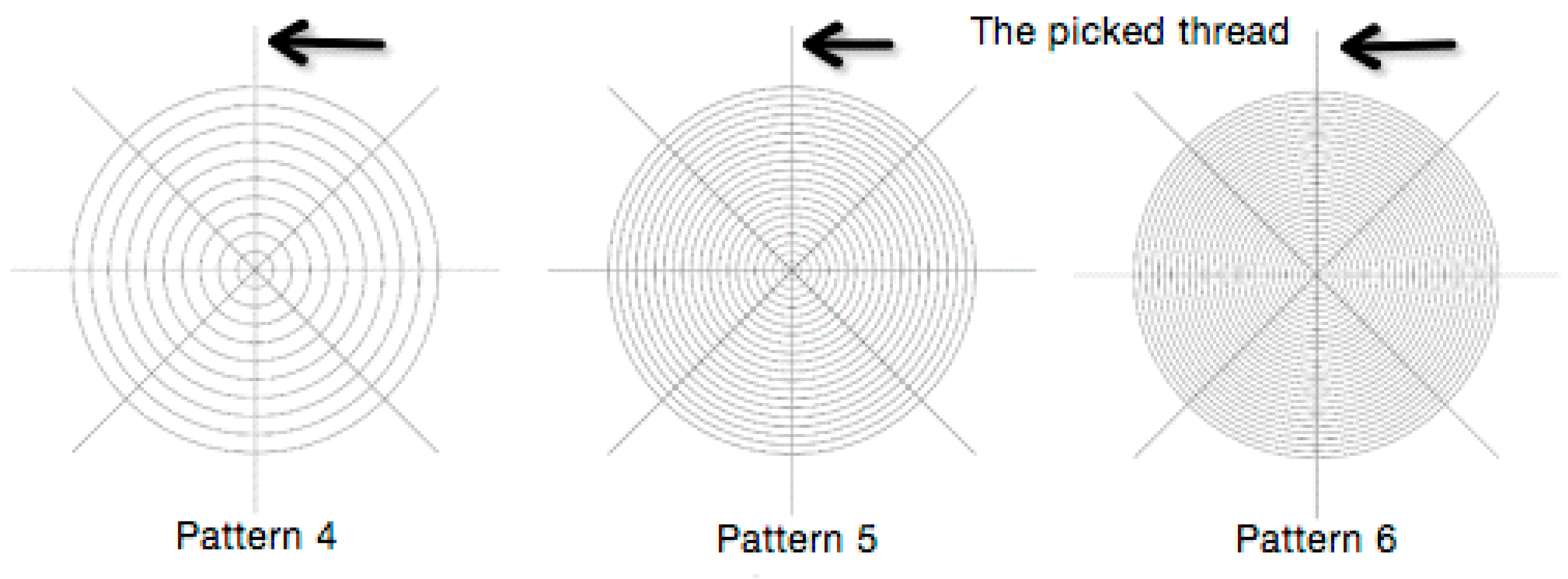
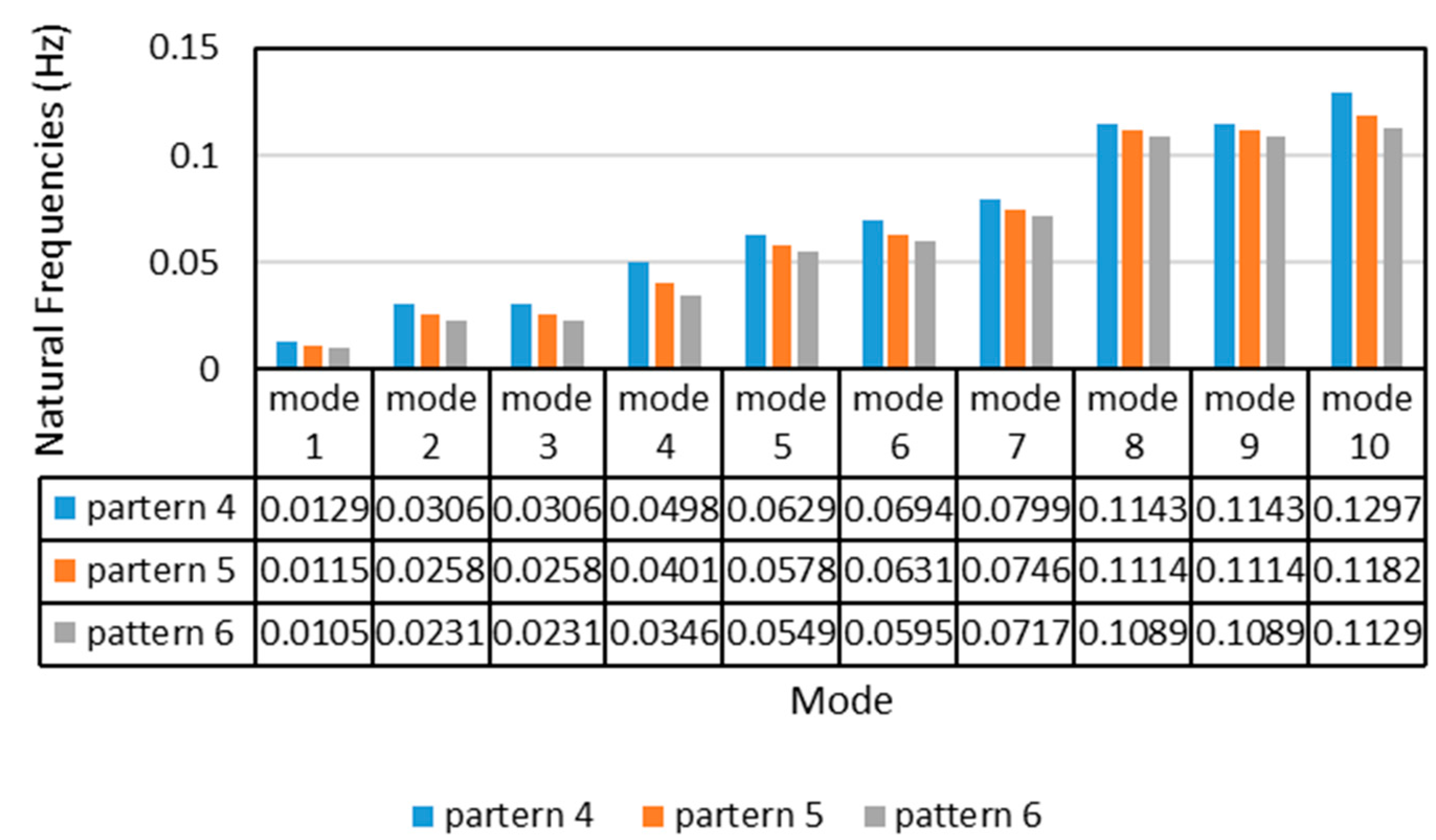
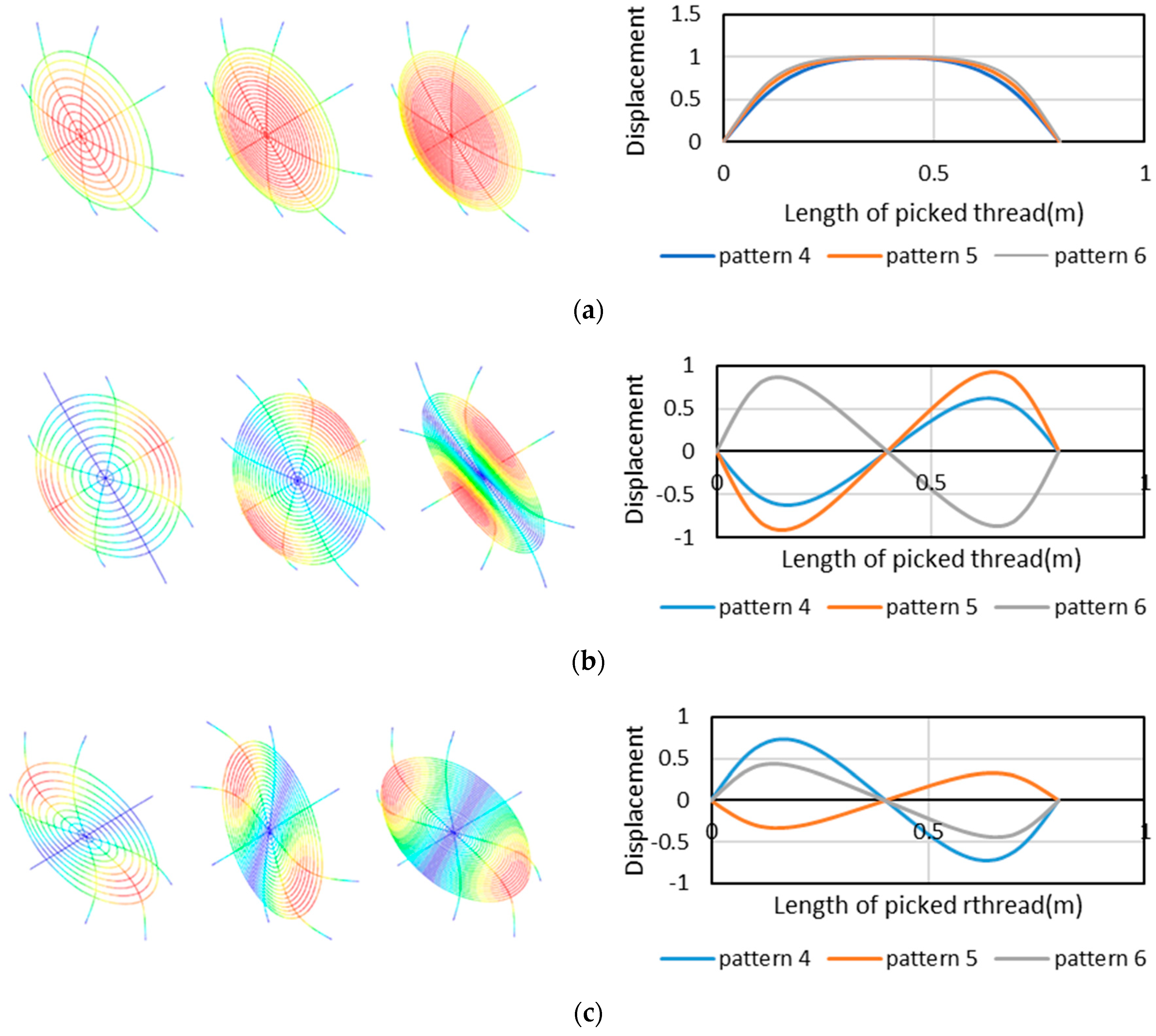
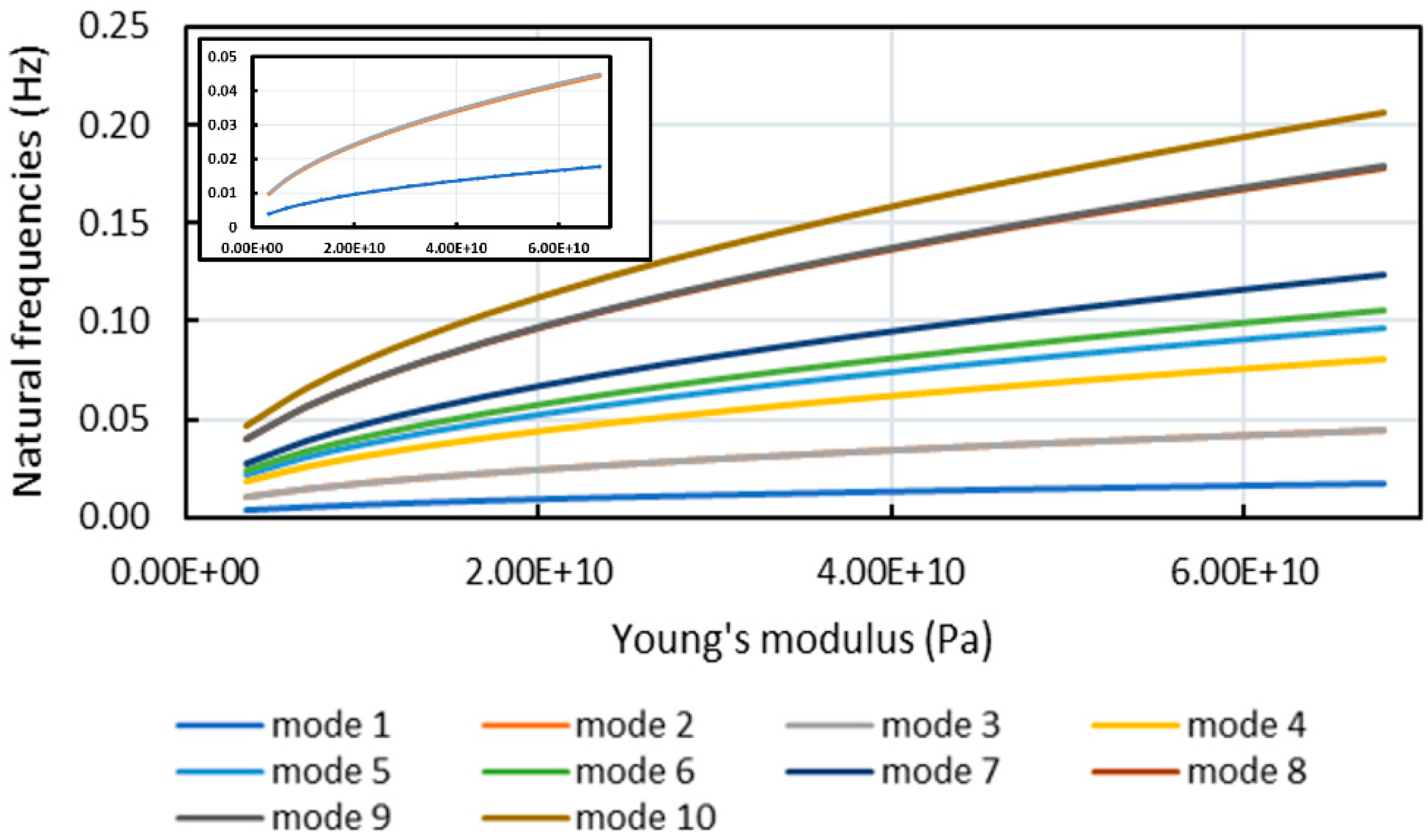
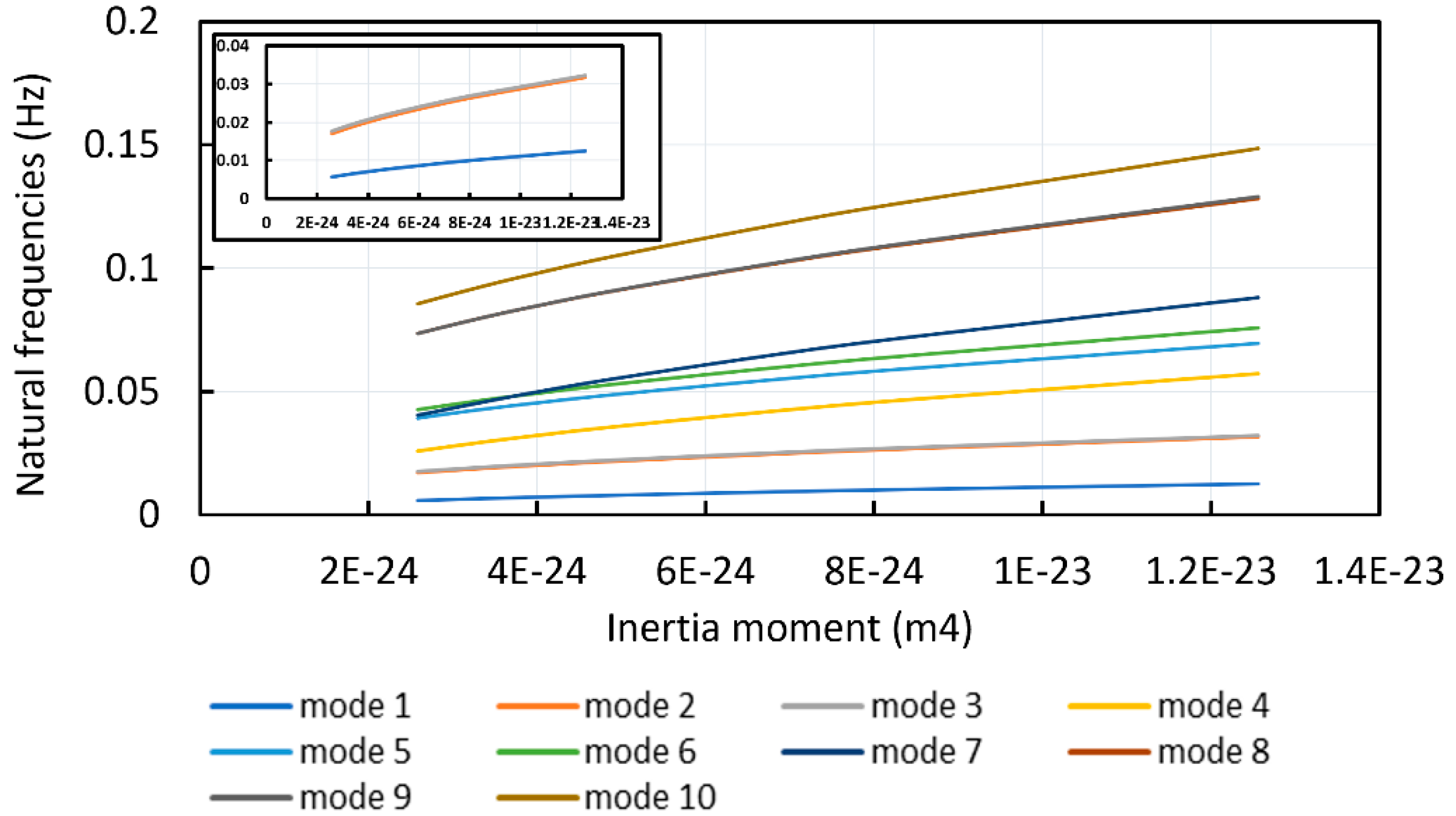
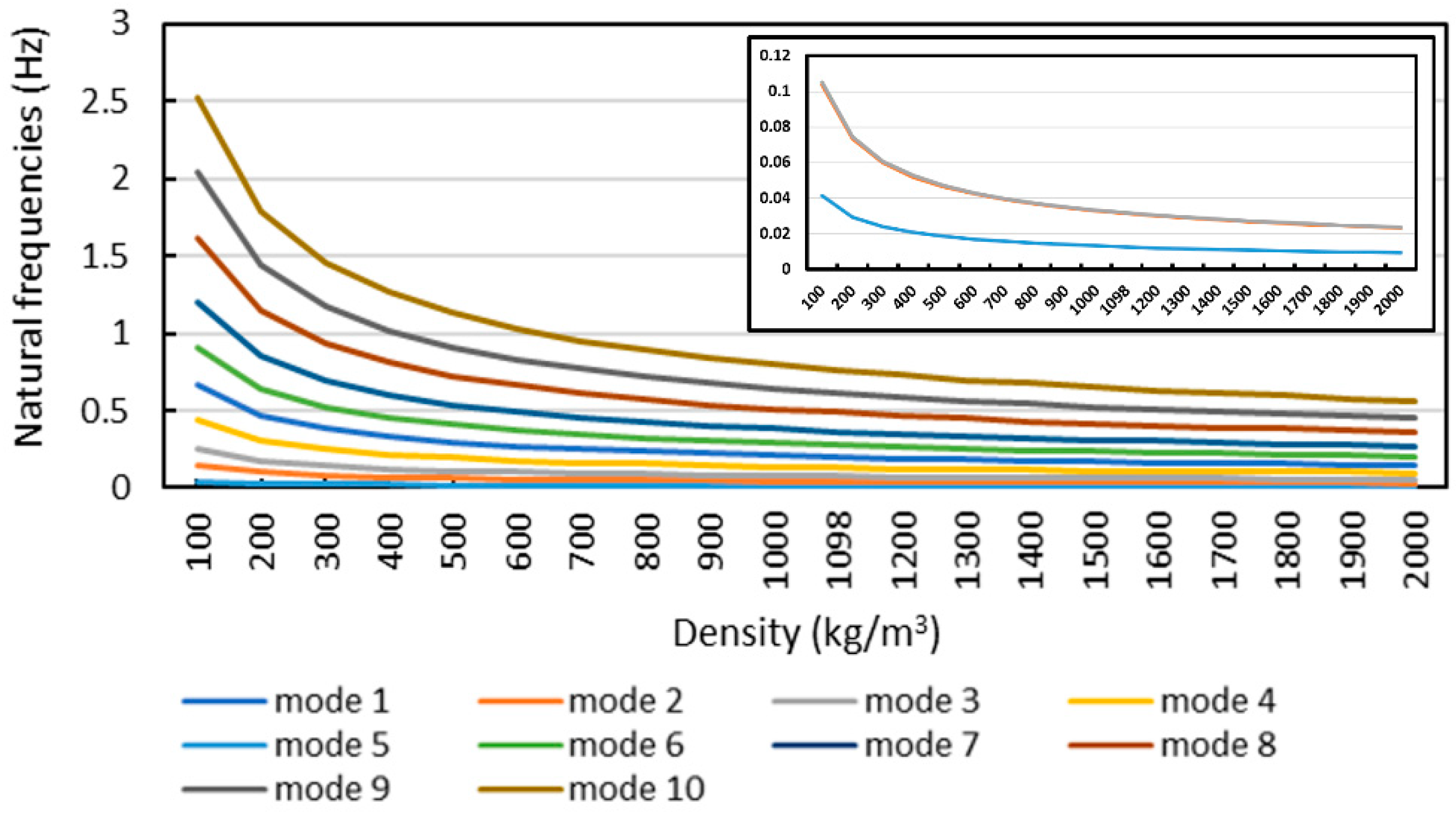
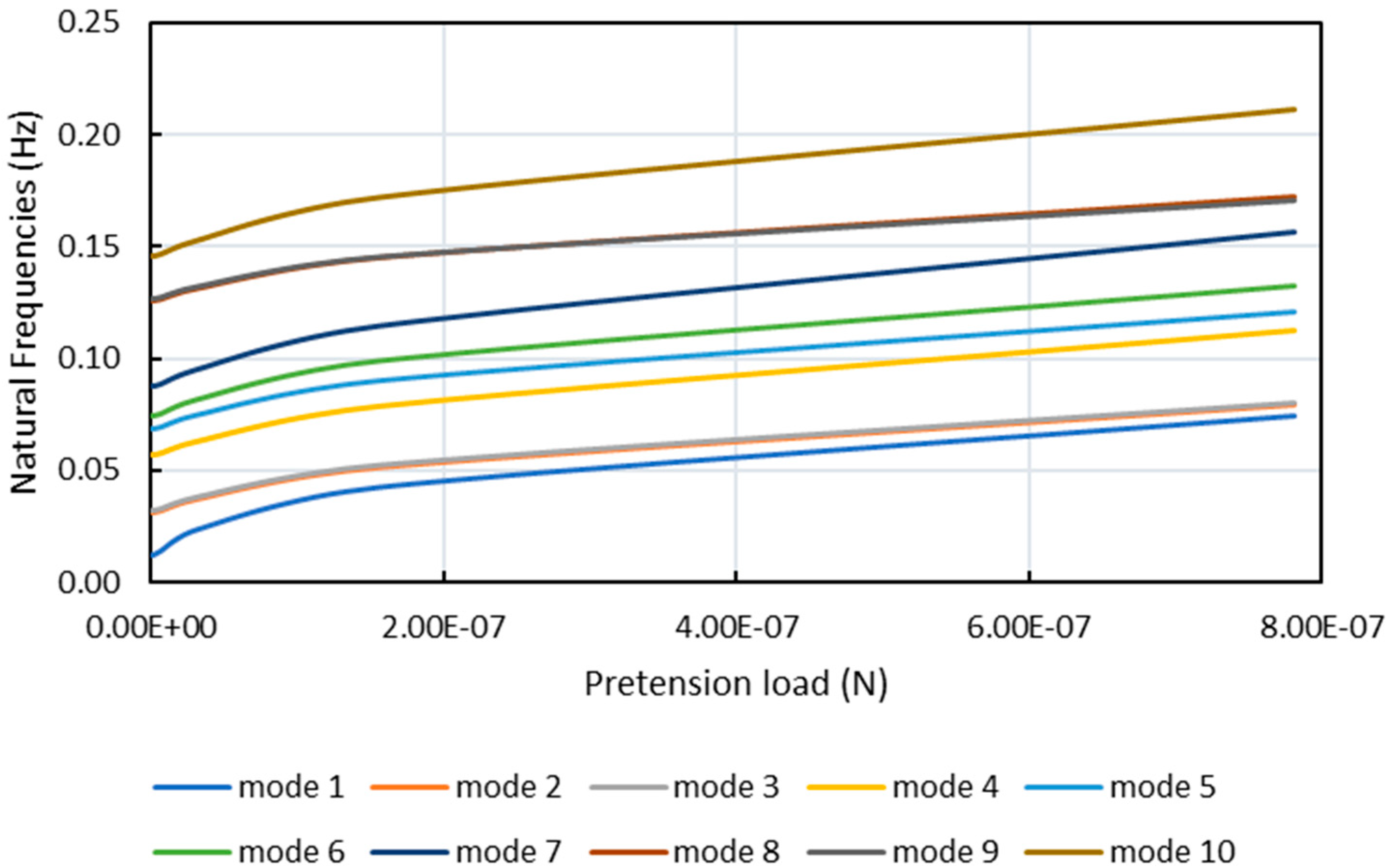

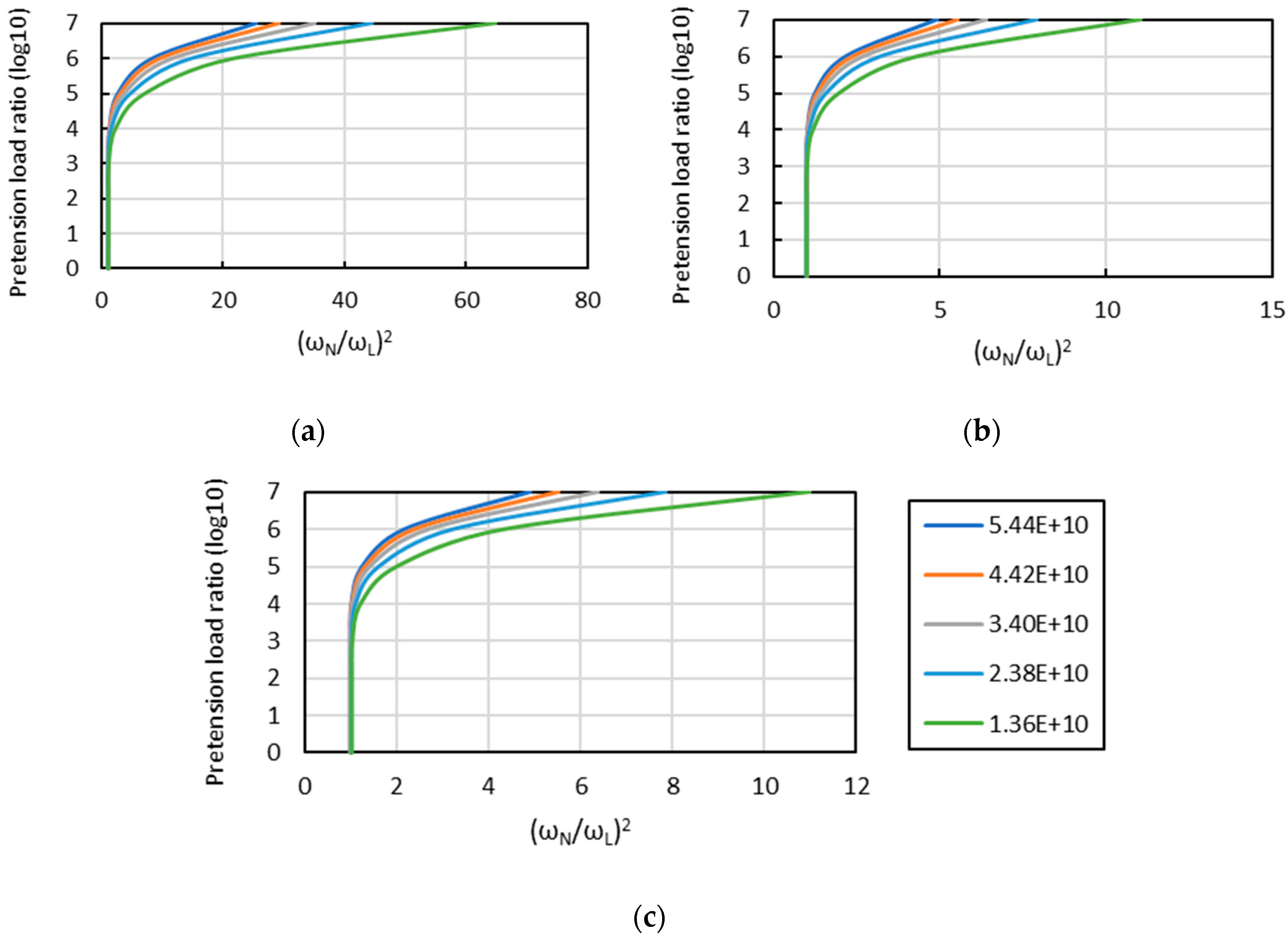
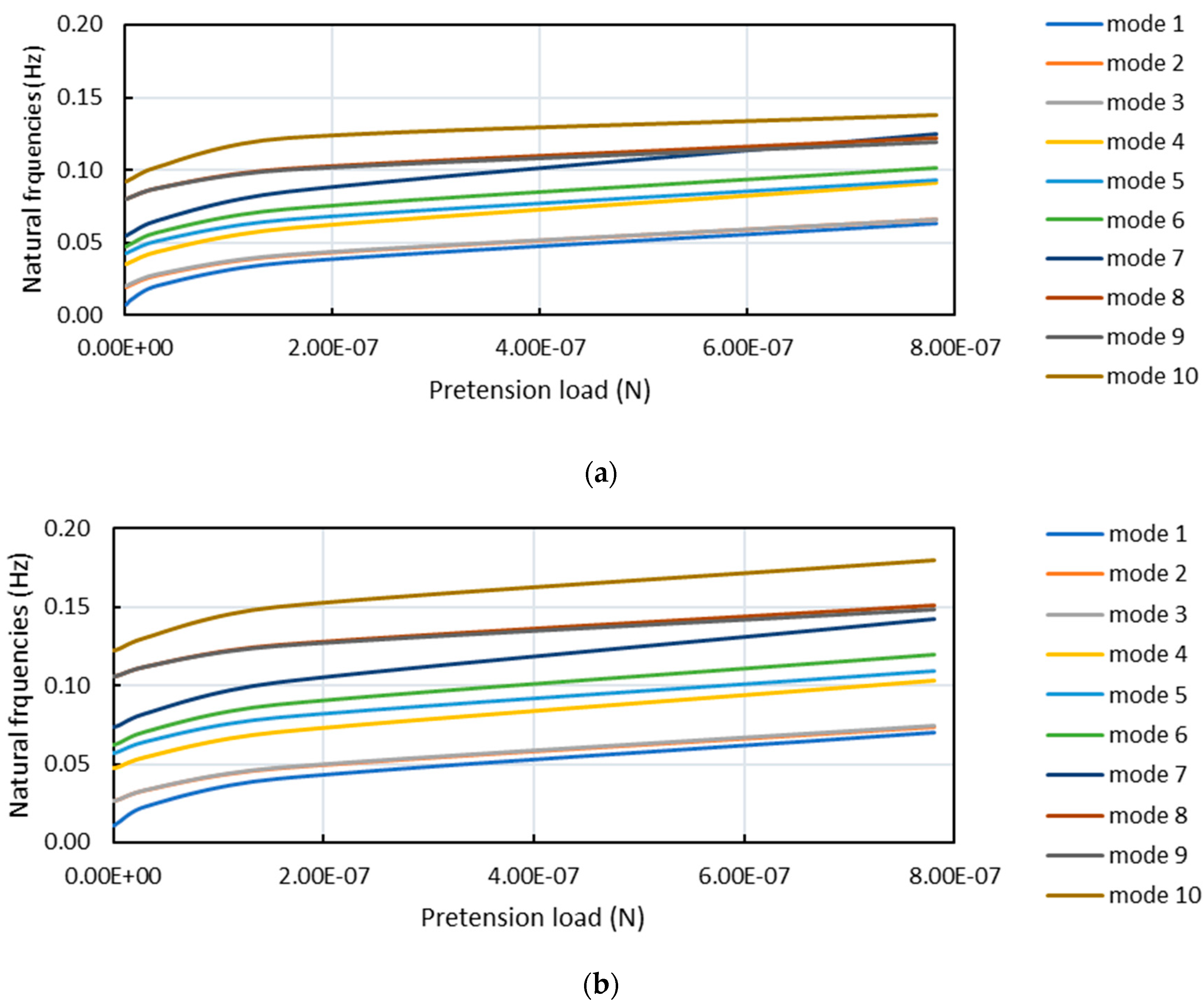
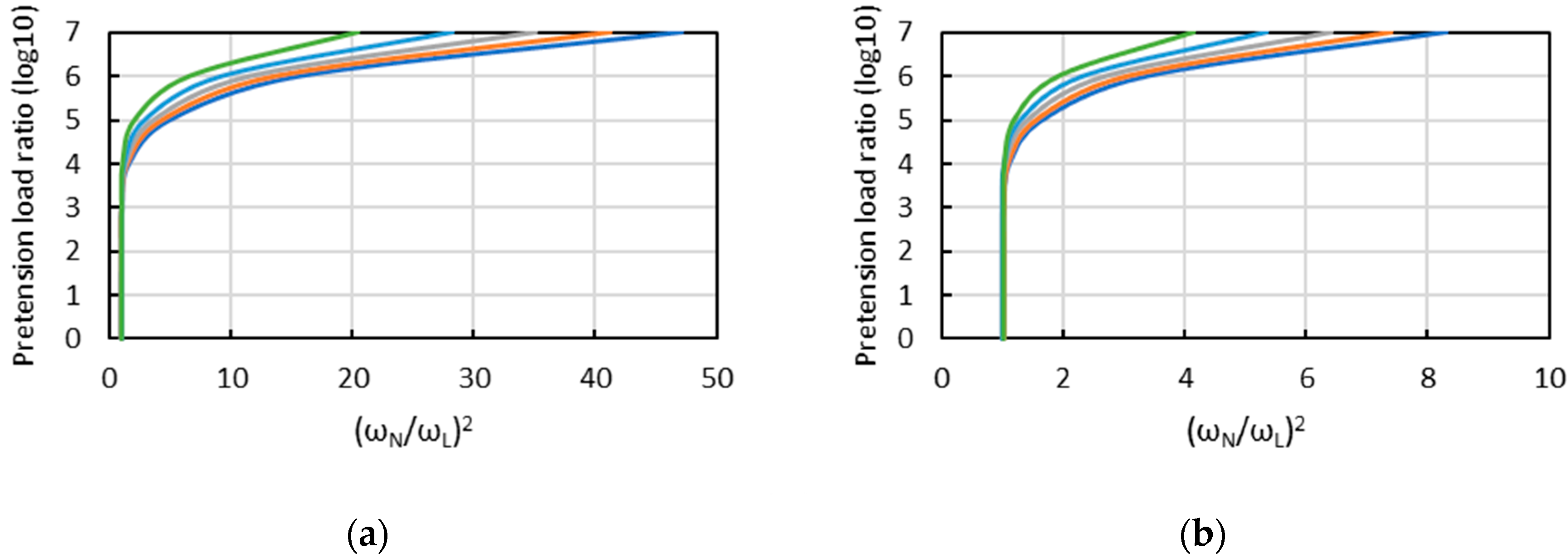
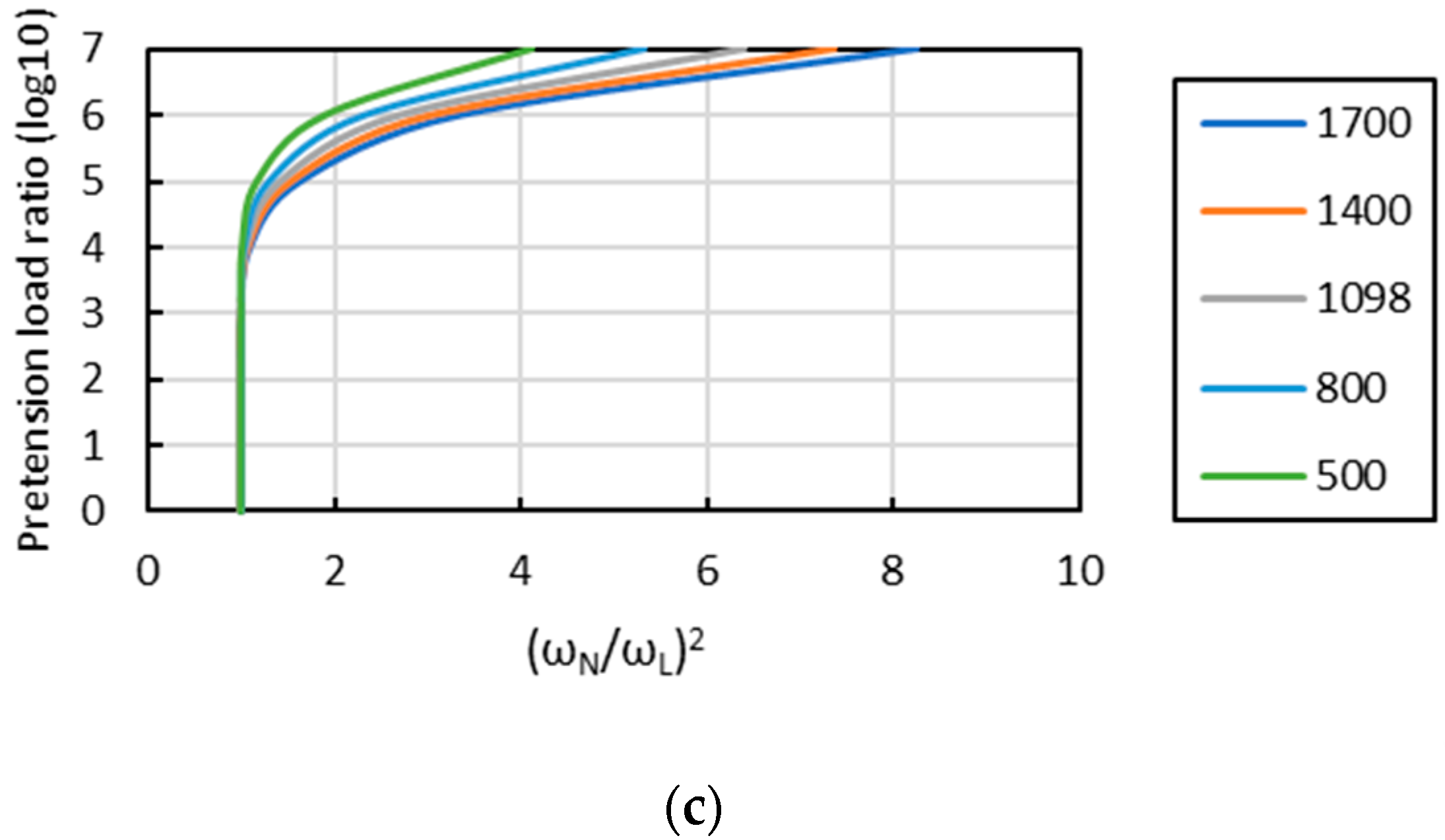
| Material | Density (kg/m3) | Tensile Modulus (GPa) | Poisson’s Ratio | Strength (GPa) | Strain (%) |
|---|---|---|---|---|---|
| A. aurantia silk | 1098 | 34 | 0.49 | 1.75 | 26 |
© 2020 by the authors. Licensee MDPI, Basel, Switzerland. This article is an open access article distributed under the terms and conditions of the Creative Commons Attribution (CC BY) license (http://creativecommons.org/licenses/by/4.0/).
Share and Cite
Kaewunruen, S.; Ngamkhanong, C.; Yang, T. Large-Amplitude Vibrations of Spider Web Structures. Appl. Sci. 2020, 10, 6032. https://doi.org/10.3390/app10176032
Kaewunruen S, Ngamkhanong C, Yang T. Large-Amplitude Vibrations of Spider Web Structures. Applied Sciences. 2020; 10(17):6032. https://doi.org/10.3390/app10176032
Chicago/Turabian StyleKaewunruen, Sakdirat, Chayut Ngamkhanong, and Tianyu Yang. 2020. "Large-Amplitude Vibrations of Spider Web Structures" Applied Sciences 10, no. 17: 6032. https://doi.org/10.3390/app10176032
APA StyleKaewunruen, S., Ngamkhanong, C., & Yang, T. (2020). Large-Amplitude Vibrations of Spider Web Structures. Applied Sciences, 10(17), 6032. https://doi.org/10.3390/app10176032






